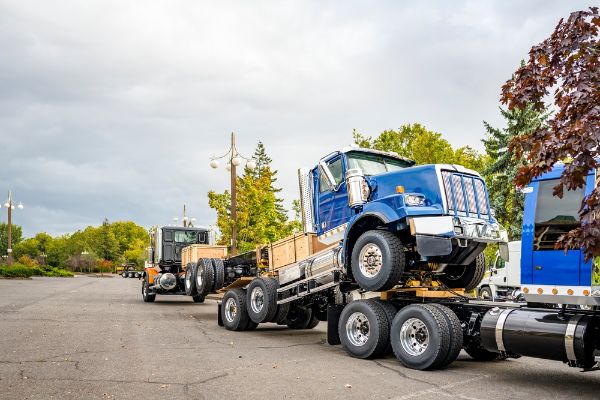When it comes to the world of heavy-duty vehicles, unexpected emergencies aren't just inconveniences—they pose significant threats to substantial investments. In these situations, heavy-duty recovery emerges as the unsung hero, specializing in the meticulous rescue of large vehicles from accidents, breakdowns, or precarious situations. It transcends the conventional towing scenario, evolving into a specialized service designed to safeguard not only the vehicle itself but the substantial financial investment it represents.
Unraveling the Complexities of Heavy-Duty Recovery
Diverging from standard towing operations, heavy-duty recovery delves into a spectrum of complex challenges. From dealing with overturned vehicles to navigating intricate accident scenes, the experts in heavy-duty recovery are armed with a profound understanding and advanced tools necessary to navigate these complexities. The objective isn't merely to transport a disabled vehicle but to orchestrate a meticulous recovery process that ensures minimal damage and prioritizes maximum safety.
The Versatility of Heavy-Duty Recovery Operations
Under the broad umbrella of heavy-duty recovery lies a range of specialized operations tailored to diverse scenarios. It extends beyond the basic towing procedures to include winching stuck vehicles, recovering submerged ones, and uprighting overturned trucks. This versatility is what positions heavy-duty recovery as an indispensable service, especially for commercial vehicles where standard procedures might fall short.
Safeguarding Your Investment with Timely Recovery
In the aftermath of a vehicle emergency, time becomes a critical factor. Timely heavy-duty recovery doesn't just mitigate the financial impact of the incident but also plays a pivotal role in preserving the overall safety of the road. The swift and precise actions of heavy-duty recovery teams contribute to minimizing traffic disruptions, reducing the risk of secondary accidents, and ensuring the efficient flow of commerce.

